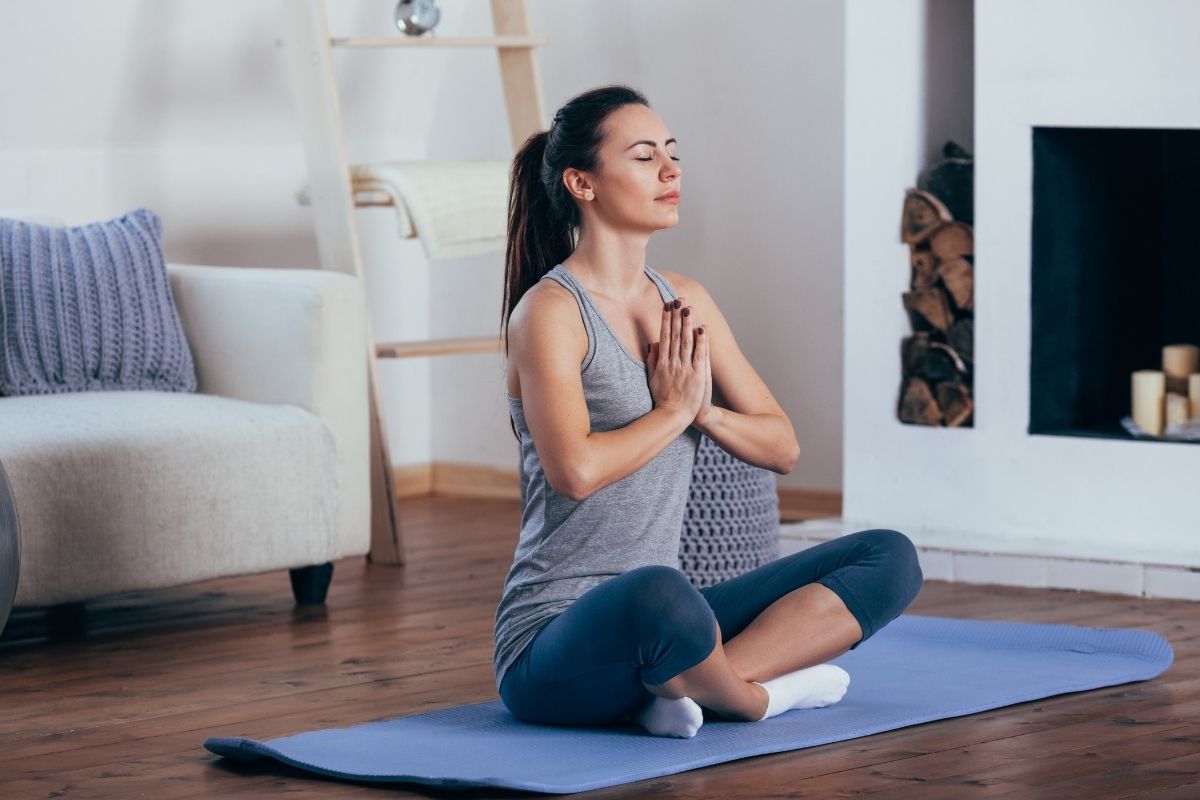Why Is Yoga So Hard
Why Is Yoga So Hard For many, the world of yoga can appear as intricate as the lotus position itself. The perception that yoga is hard is a common hurdle faced by most novices. It’s a journey that beckons individuals to move in ways they might not be accustomed to, unveiling the stark reality of their own strength and flexibility limitations. But is yoga truly as formidable as it seems at the outset?
The Physical Trials of Yoga
Yoga’s physical demands often befuddle beginners, primarily because they beckon the body to traverse uncharted territories. Muscles, unaccustomed to such movements, are required to expand their range of motion. However, with unwavering dedication, yoga becomes an easier path to tread.
Notably, various forms of yoga present varying degrees of physical challenges. Ashtanga, Vinyasa, and Power yoga, for instance, are known to be particularly strenuous. The formidable Ashtanga yoga, as an example, has even been scientifically linked to muscle enhancement. Conversely, gentler variations like Yin yoga offer a less physically demanding initiation.
Yet, regardless of the chosen path, hurdles are inevitable, especially for newcomers. These initial difficulties serve as a reckoning, forcing us to confront our limitations head-on.
While instructors in beginner classes meticulously adapt postures to accommodate diverse body types, certain poses remain undeniably arduous. Take, for instance, the seemingly innocuous downward-facing dog. While categorized as a resting pose, it can be a formidable challenge for those with tight hamstrings, calves, and shoulders. However, with patience and consistent practice, what was once an ordeal becomes just another posture to master.
Balancing Strength and Flexibility
Beginners often fall into three categories when it comes to their physical readiness for yoga: having strength without flexibility, possessing flexibility but lacking strength, or struggling with both. Each scenario presents its unique challenges.
- Strength Sans Flexibility: Individuals with a history of sports, like runners, often find themselves in this category. Their well-developed strength becomes evident as they excel in certain poses like the warrior series. However, hamstring flexibility becomes their Achilles’ heel. In such cases, embracing yoga’s slow adjustments is paramount.
- Flexibility Minus Strength: Some beginners possess remarkable flexibility, easily slipping into poses like lotus. Yet, when tasked with holding a plank or attempting a headstand, their vulnerability surfaces. Such students must concentrate on bolstering their strength, guarding against potential injuries.
- A Blank Canvas: Then there are those who grapple with both strength and flexibility, an adventure starting from square one. The key here lies in embracing modifications, shedding one’s ego, and prioritizing breath, which aids in loosening muscle tension and fostering mobility.
Read More : What To Eat Before Hot Yoga
The Mental Struggles in Yoga
While yoga’s physical demands are substantial, its mental trials can be equally daunting for beginners. The practice serves as a mirror to our inner selves, amplifying the constant inner monologues that typically accompany our daily lives.
The mental challenges of yoga include:
- Wandering Mind: Distractions often plague the mind during yoga sessions.
- Delayed Progress: Unrealistic expectations can lead to frustration when results don’t manifest as swiftly as anticipated.
- Comparisons: The natural inclination to compare oneself to others in the class can breed self-doubt.
Such struggles are not unique; they are the human condition. However, within these challenges resides the essence of yoga’s true work. Recognizing unhelpful thoughts, allowing them to drift away, and refocusing on what one’s body can achieve is the path to mental tranquility.
In the grand tapestry of yoga, it’s essential to comprehend that the journey is more significant than the destination. Yoga humbles the ego, compelling us to be patient and savor the process. Through consistent practice, we glimpse moments of progress.
Tips for Aspiring Yogis
- Embark with Beginners: Irrespective of your physical prowess, commencing with a beginners’ class offers valuable instructions and modifications.
- Discover Your Sanctuary: Explore various studios, teachers, and yoga styles to unearth what resonates with you. A skilled instructor can guide you to blossom in your practice.
- Communicate with Your Teacher: Open dialogue with your teacher allows them to adapt and enhance your practice effectively.
- Ritualize Yoga: Dedicate yourself to a regular practice, making it an intrinsic part of your day.
- Cultivate Patience: Yoga isn’t about rapid results; it’s about the gradual transformation of body and mind. Embrace the journey’s unhurried nature.
- Ego vs. Journey: Acknowledge your limitations, release comparisons, and surrender to the practice.
- Lighten Up: Don’t take yourself too seriously. Embrace your novice status, and be prepared to stumble with a smile.
- Listen to Your Body: Abandon the “no pain, no gain” mantra. Listen to your body, breathe, and discover your true potential.
- Tune into Your Breath: The cornerstone of yoga, breath awareness, grants insight into your emotional and physical states.
- Relish the Experience: Transform difficulties into opportunities for growth. Revel in the journey, and relish each achievement.
Read More : How Yoga Works
In the world of yoga, the perception of being observed soon dissipates, and the community thrives on support, not judgment. As you tread this path, take those baby steps, learn your limits, and never waver in your commitment. In the end, yoga is not just about postures; it’s about being present and celebrating every step towards self-improvement.




